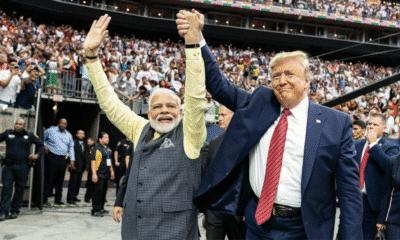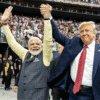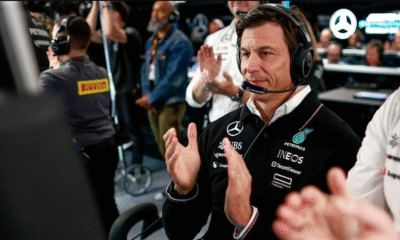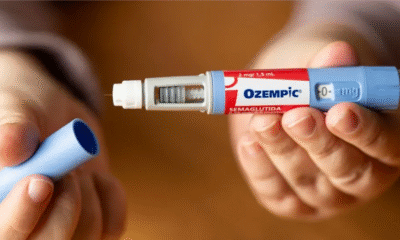Business
Industry and business activities vulnerable due to low COVID-19 vaccination numbers
Key indicators show that industry and business activities may not be as adversely hit by the second COVID-19 wave as they were by a national lockdown in 2020, but are still very much vulnerable given the low vaccination levels.
According to Google mobility data, visits on May 18, 2020 to grocery and pharmacy stores were down 21% compared to a pre-COVID base line. This year, on May 17, 2021, the corresponding decline was sharper at 27.6%. For workplaces, visits were down 45% on May 18 last year but down 51% this year.
Increasing COVID-19 vaccination rates, mandating social distancing and mask wearing, and importing sufficient quantities of oxygen are the most crucial factors for India right now to free up hospital beds and contain this outbreak quickly. At the current vaccination rate of 2.2 million doses per day, it is estimated that only 30% of the population will be fully vaccinated by the end of this year. This slow rollout is a result of low supply along with limited vaccine approvals in the country.
Experts say a deeper sense of anxiety given the severity of the second wave, the death toll and the sense of vulnerability exacerbated by the shortage of vaccines. It has to be noted that the absence of a stringent nationwide lockdown, this time around, has been somewhat positive as it has ensured that industrial economic activity continued even if at a reduced level. While several auto manufacturers and their vendors shut their plants in the first half of May, they have gradually started production.
Tanvee Gupta Jain, Economist, UBS Securities India, told The Indian Express that the adverse impact on sequential growth is less severe than in the June 2020 quarter (-24% QoQ), as lockdowns are more targeted and localized. “A few states have started announcing limited relaxation which bodes well for a sequential pick-up in economic activity from June onward. Still it is increasingly possible that normalcy returns only by July.”
Also Read: Bharti group backed OneWeb successfully launches 36 more satellites
Moreover, some key indicators point out the fall in activity in April and May this year was less severe and so a pick-up is expected to be sooner than later. UBS Securities India said power demand has continued to contract (-7.6% week-on-week as on May 23) but the decline in railway freight seems to have plateaued. Vehicle registrations, which had a marked decline (-42% since April) have started improving sequentially (+3.4% WoW).













































Pingback: An Indian private jet, Bombardier Global 5000 jet of Qatar Executive, landed at the Douglas-Charles Airport in Dominica for the repatriation of fugitive Mehul Choksi.
Pingback: Govt announces scheme to provide pension to dependents of COVID-19 victims
Pingback: 470 infra projects show cost overruns worth Rs 4.38 lakh crore
Pingback: Coronavirus: UP govt eases curbs amid decline in cases; weekend curfew to continue
Pingback: RBI's new norms to help enhance audit quality, transparency, add value: Experts
Pingback: SII to ramp up vaccine production to 10 crore doses in June to meet huge demand
Pingback: India's GDP shrinks 7.3 pc in 2020-21, worst in four decades
Pingback: Fiscal deficit for 2020-21 at 9.3 pc of GDP: CGA